We provide building Intelligence technology to transform your buildings into finely tuned and highly optimised operations.
Combining information from different systems, the Integrated Building Platform allows users to see real-time data through any web interface. VAE uses Tridium’s Niagara IoT software Platform to retrieve data from multiple sources which provide complete building performance analysis. Niagara 4 is also product agnostic, allowing you to take advantage of the latest technology that meets your needs, regardless of the supplier.
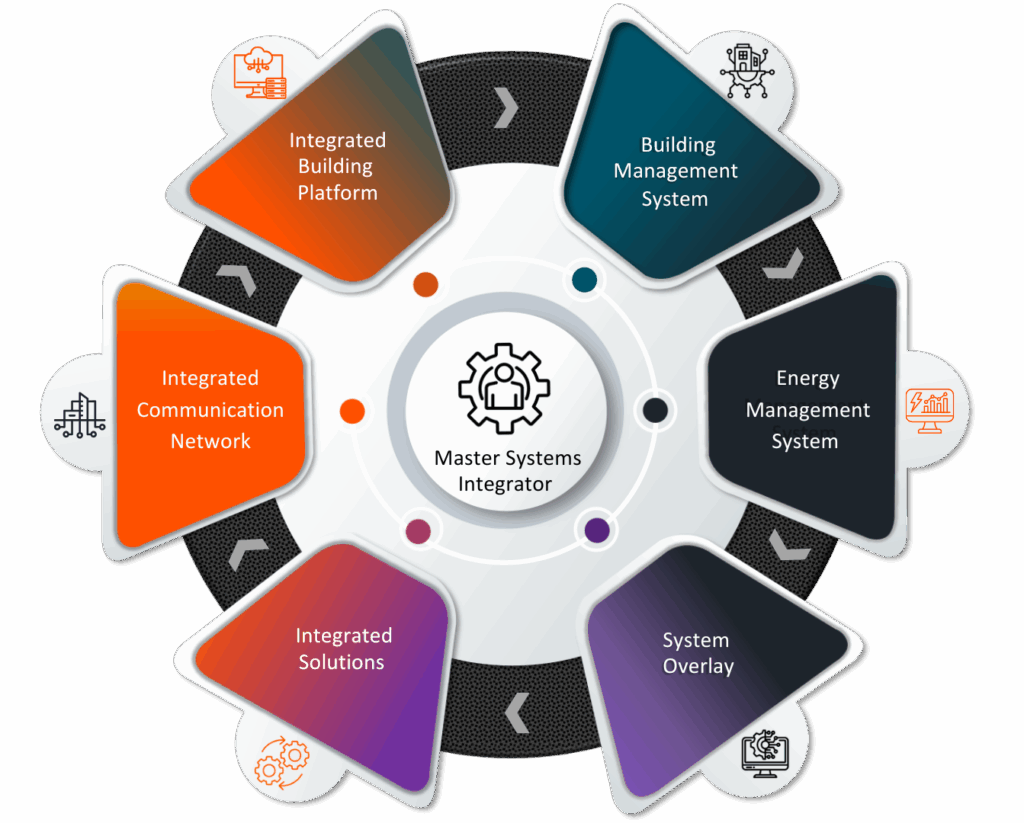
Unlocking Building Potential with Integrated Building Platforms (IBP)
In today’s fast-evolving built environment, Integrated Building Platforms are transforming the way buildings operate; connecting systems, simplifying management, and delivering real-time insights that drive smarter decisions.
As showcased in the image to the left, VAE’s IBP solutions bring together HVAC, lighting, security, energy, and more into one intelligent, vendor-neutral platform. The result? Greater efficiency, enhanced occupant comfort, reduced operational costs, and a future-ready foundation for sustainability and growth.
Open and scalable software platform providing insight, control and management of single to multiple building systems and devices in one open protocol convenient view
Benefits
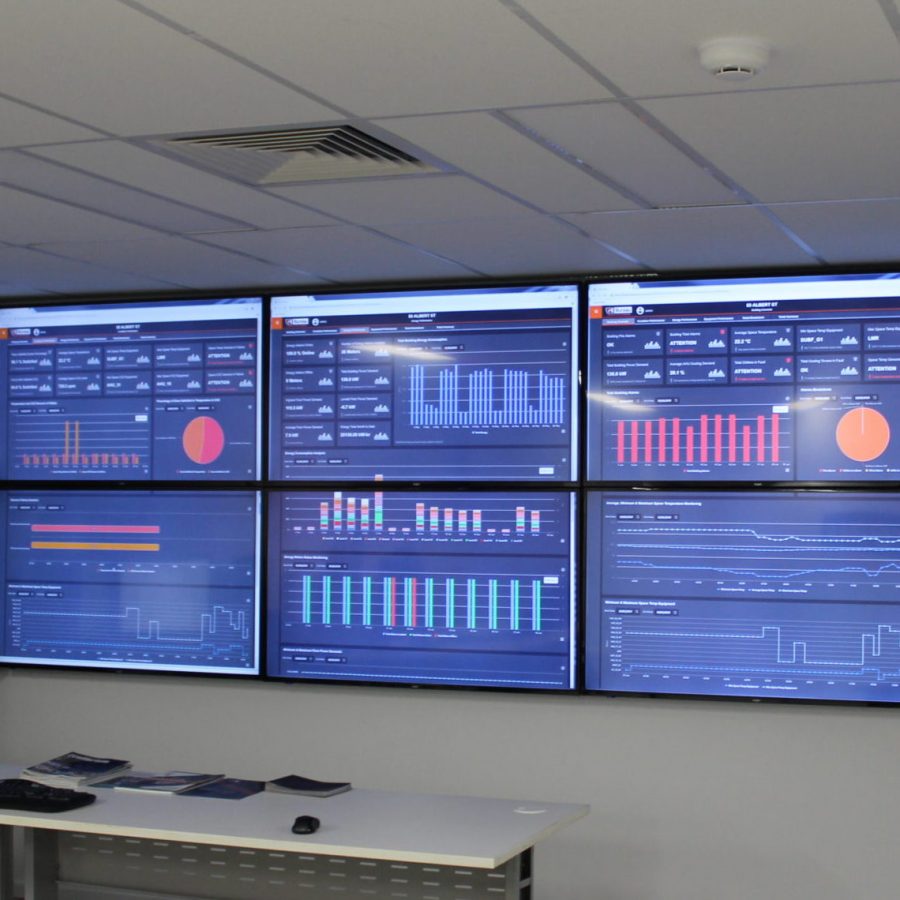
A Building Management System (BMS), also known as a Building Automation System (BAS), is a centralized system that monitors, controls, and manages a building’s mechanical, electrical, and plumbing (MEP) systems, ensuring efficient and optimal operation. A BMS typically oversees critical systems such as HVAC (heating, ventilation, and air conditioning), lighting, security, fire safety, and energy management.
The key functions of a BMS include:
A BMS helps reduce energy consumption, lower operational costs, and maintain a comfortable and safe environment for occupants.
Benefits of installing a Building Management System (BMS):
An Energy Management System (EMS) is a software tool that helps organisations monitor and manage their energy use. It tracks energy consumption, analyses data to find efficiency improvements, and helps reduce costs and environmental impact. An EMS provides real-time monitoring, reporting, and support for energy regulations, aiding in sustainability and operational goals.
Typically the following is connected where applicable:
Benefits and functions of an Energy Management System (EMS):
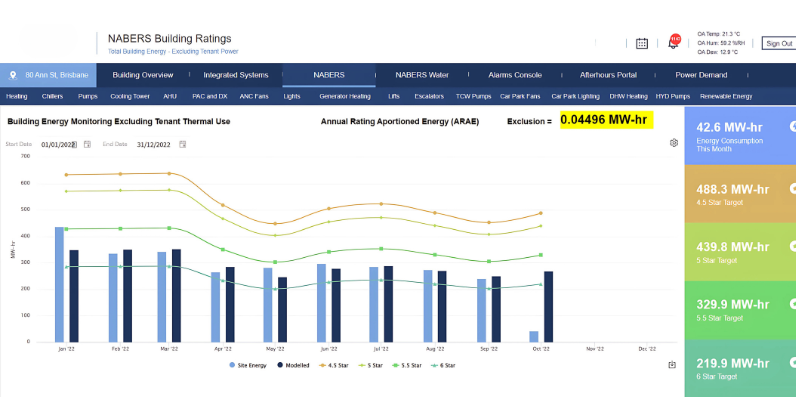
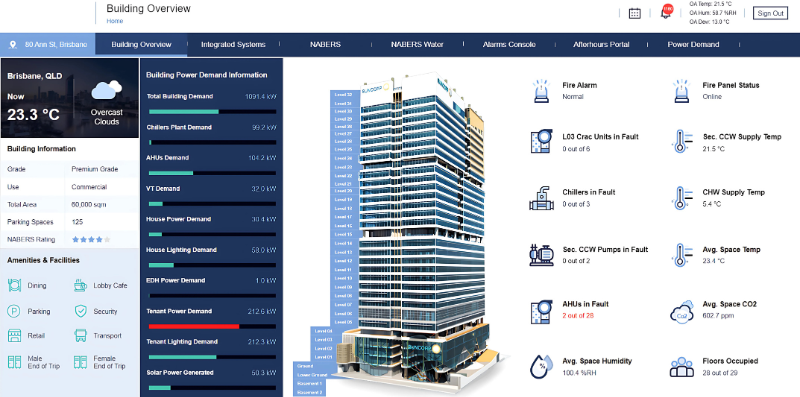
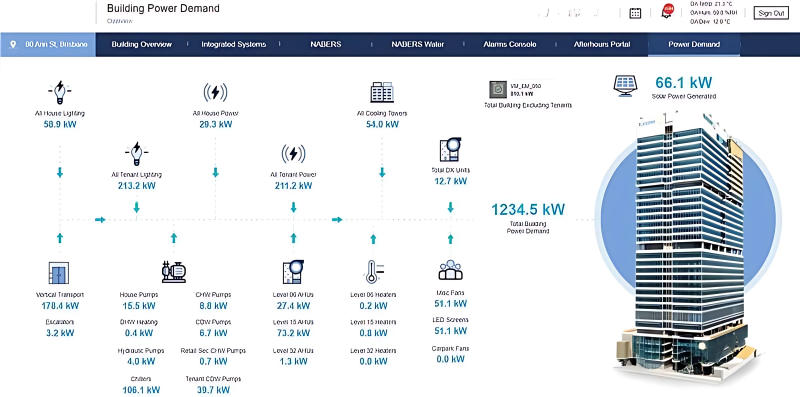
An Integrated Communications Network (ICN) serves as the common network backbone for all building services, facilitating seamless communication and integration between various building systems such as HVAC, lighting, security, and access control.
The ICN ensures reliable data transmission, centralises network management, and supports the efficient operation of smart building technologies.
Key ICN components include:
Benefits of implementing an Integrated Communications Network (ICN):
The ICN provides a scalable and secure infrastructure, ensuring optimal performance for all connected building services.

These are additional offerings we have that are typically connected to another system as a base, such as a BMS or EMS eg:
These works would incorporate: Hardware/Software Supply, Setup & Installation
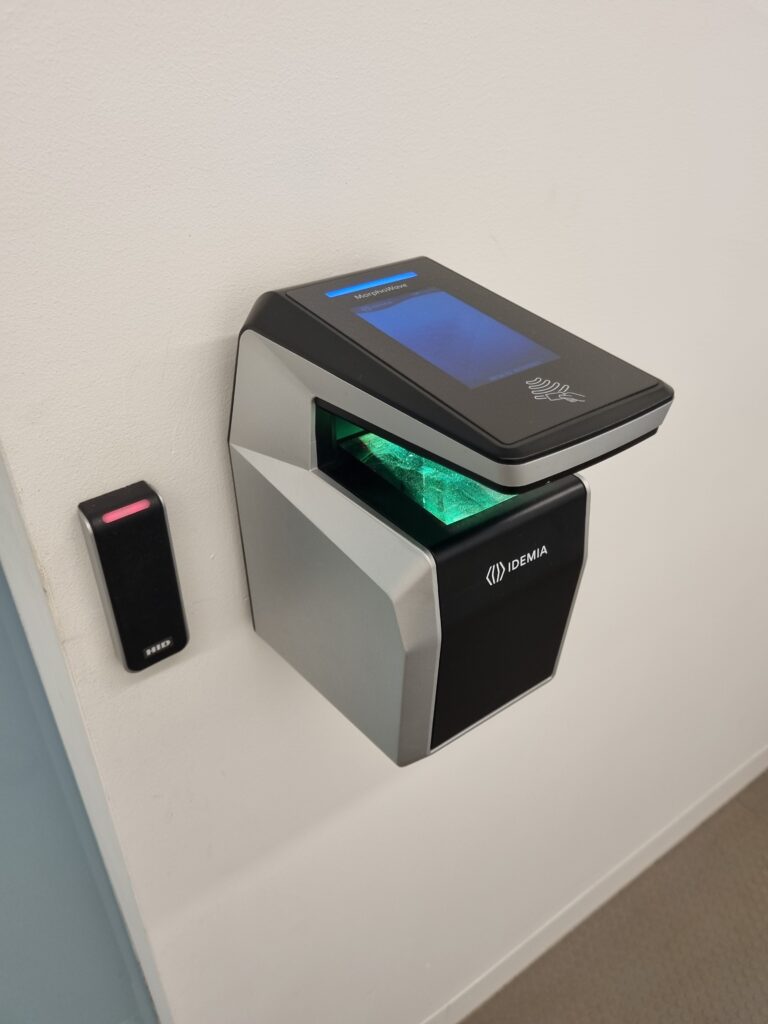
An Integrated Building Platform (IBP) is a centralised system that connects and integrates various building systems—such as HVAC, lighting, security, access control, and energy management—into a single, unified platform. It streamlines control, monitoring, and management of these systems through one interface, improving operational efficiency, energy management, and occupant comfort.
Key components include:
This platform provides a holistic approach to building management, ensuring seamless integration and automation across multiple systems
Benefits of implementing an Integrated Building Platform (IBP):
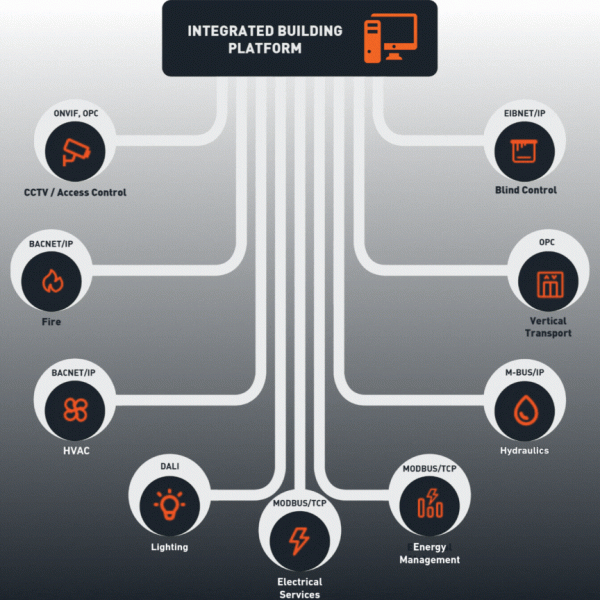
A Master Systems Integrator (MSI) is a professional who oversees the integration of all building systems into a single, cohesive system. The MSI ensures that systems such as HVAC, lighting, security, energy management, fire and life safety, access control, vertical transport and Building Management Systems (BMS) work together seamlessly therefore providing maximum efficiency, comfort, and safety.
Benefits of involving a Master Systems Integrator (MSI) in smart building development:
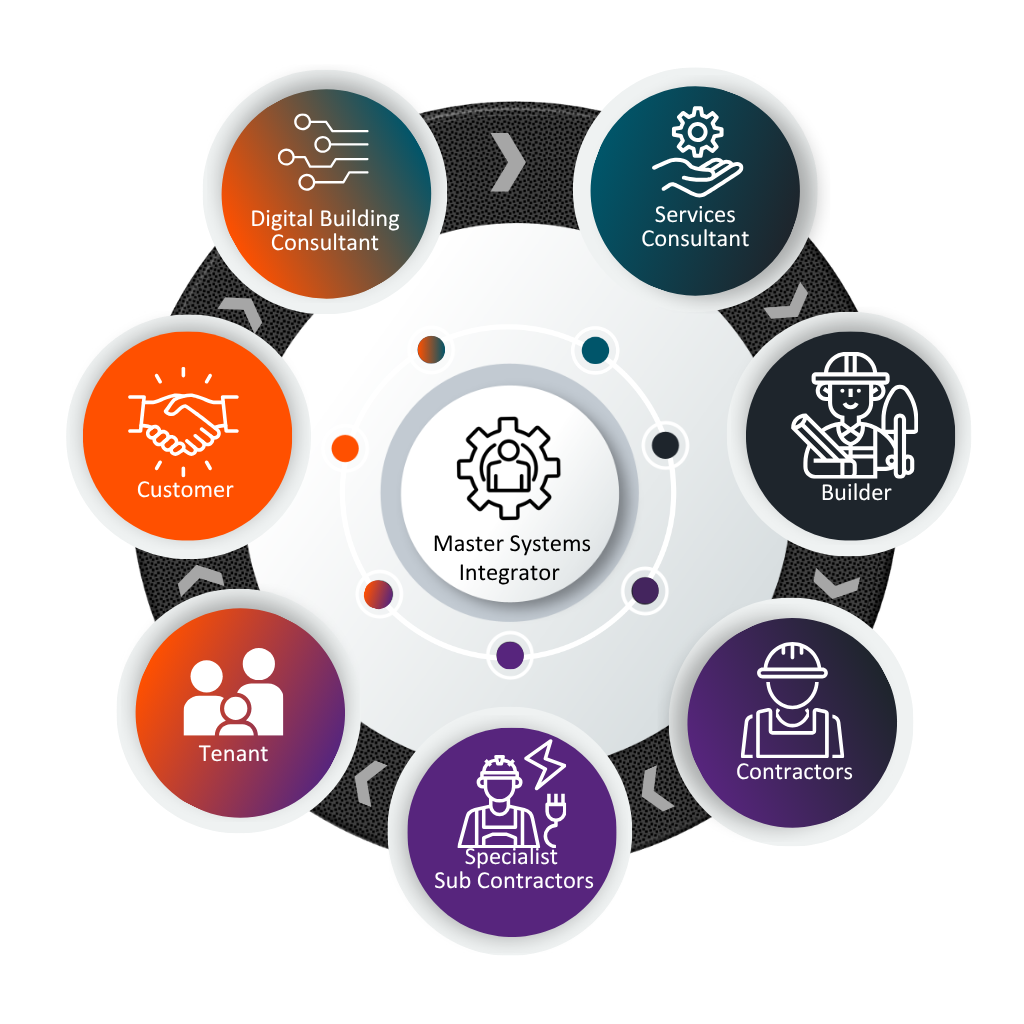

At VAE, our Building Technology projects are all about creating smarter, more connected environments. From integrated building platforms and advanced automation to real-time energy management and system analytics, we deliver tailored solutions that enhance performance, comfort, and sustainability across a wide range of sectors.


Lorem ipsum dolor sit amet, consectetur adipiscing elit. Ut elit tellus, luctus nec ullamcorper mattis, pulvinar dapibus leo. Lorem ipsum dolor sit amet, consectetur adipiscing elit. Ut elit tellus, luctus nec ullamcorper mattis, pulvinar dapibus leo.